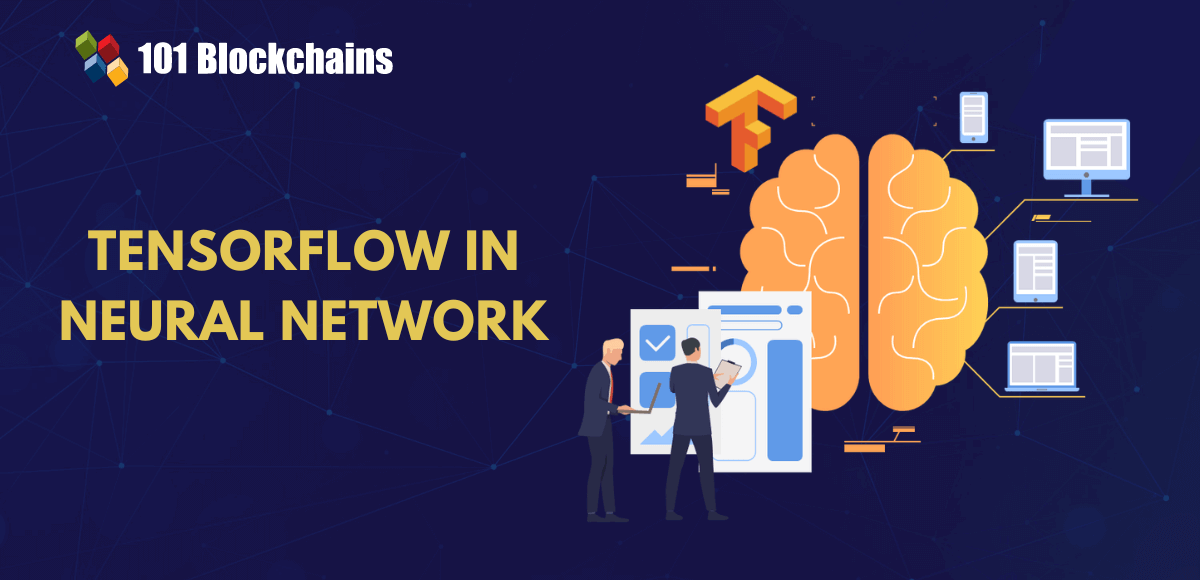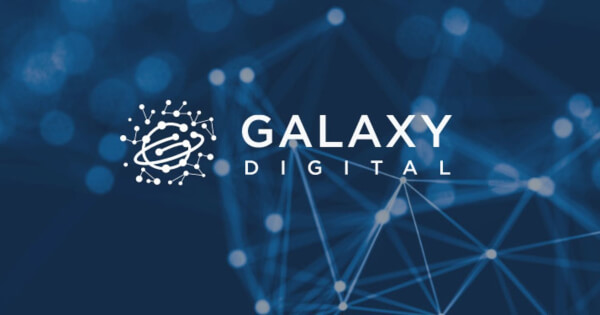What is TensorFlow in Neural Networks?

Machine learning has been one of the most complex areas of technology. Interestingly, tools like Google’s TensorFlow make it easier to deploy machine learning models. The tech giant launched the open source framework in November 2015 and revolutionized the AI landscape. Using TensorFlow for neural network training, general numerical computation, and deep learning on CPUs and GPUs has raised the bar for AI systems.
TensorFlow hosts an open source community of developers, data engineers, and data scientists who contribute to the TensorFlow repository. It is currently the most widely used AI framework and has promising potential for training neural networks. Learn more about the fundamentals of TensorFlow, how it works, and use cases, and how to use TensorFlow in neural networks.

What does TensorFlow do?
The best approach to understanding how TensorFlow neural network code is better than other frameworks is to learn their definitions. It is an open source library specialized in large-scale machine learning, numerical computation, and deep learning. TensorFlow also supports other predictive analytics and statistical workloads. TensorFlow makes the data collection process, making large-scale predictions, and optimizing future results easier. As a result, developers can take full advantage of TensorFlow to implement machine learning models faster and easier.
TensorFlow’s capabilities help you train and run deep learning networks for a variety of tasks, such as image recognition, NLP, handwritten digit classification, and word embeddings. You can add code from a software library to any application and help it learn to work. All TensorFlow neural network examples run on traditional CPUs or high-performance GPUs. TensorFlow also utilizes Tensor Processing Units, or TPUs, specifically tailored to accelerate TensorFlow operations.
How TensorFlow works
TensorFlow’s ability to handle neural network workloads depends on its operating mechanism. You’ll find three unique elements in a TensorFlow workflow:
- Data preprocessing.
- Model development.
- Train a model to derive predictions.
You will find the answer to “Why does CNN use TensorFlow?” With a detailed description of the unique architecture, the framework takes data in the form of multidimensional arrays or tensors and then follows the execution process in two different ways. The first way is to develop a computational graph to define the data flow for model training.
On the other hand, you can choose a more intuitive approach with immediate execution, which relies on imperative programming principles. Additionally, the immediate execution approach allows you to evaluate tasks faster. The TensorFlow architecture helps you implement the training process on your desktop or in your data center, depending on your needs. It is important to note that using tensors on GPUs can help accelerate the training process.
Another important aspect of TensorFlow’s operating mechanism is its extensive support capabilities. For example, the TensorFlow Neural Network Playground allows you to manipulate neural networks without any obligation. You can also access TensorBoard to visually monitor the training process and the underlying computation graph and evaluate model performance. You can also build models for common use cases using Keras, a high-level API that runs on top of TensorFlow. This can help you translate your ideas about neural networks into results as quickly as possible.
Do you want to understand the importance of ethics in AI, ethical frameworks, principles and challenges? Register for our Artificial Intelligence (AI) Ethics course now!
What are popular examples of TensorFlow business use cases?
You may be wondering why you should focus on TensorFlow for neural network training when you can choose other alternatives. Applying TensorFlow for neural network training has higher reliability due to the framework’s proven and tested business use cases. For example, Airbus uses TensorFlow to extract and analyze information from satellite imagery to gain valuable real-time insights for its customers.
PayPal leveraged TensorFlow for generative modeling and deep transfer learning to enable faster recognition of complex fraud patterns with temporal variations. Social media giant Twitter also leveraged TensorFlow to create a ranking timeline. This allows users to see important tweets while following other users.
Unleash the full potential of generative AI in your business use cases and identify new ways to become an expert in generative AI technologies with the Generative AI Technology Path.
What is Neural Network Playground?
When it comes to the advantages associated with TensorFlow, it is important to consider the importance of the neural network playground. TensorFlow Neural Network Playground is an ideal platform for making neural networks more accessible to users and easier to learn. Anyone can use Neural Network Playground in any way that complies with the Apache License. You’ll find many different types of controls to help you customize your playground for a specific class or topic.
One of the most notable aspects of Neural Network Playground is the use of color in visualization. For example, you can find orange and blue in different ways in your visualization. A common assumption about orange is that it represents negative values and blue represents positive values. Initially, you will find data points in the form of small circles colored in orange or blue.
Hidden layers also have lines colored according to the connection weights between neurons. Blue indicates positive weights and indicates that the network uses the neuron’s output as specified. On the other hand, the orange line indicates that the network has been assigned a negative weight.
The output layer has different dots in orange or blue depending on the original values. The background color of the playground visualization shows network predictions for specific areas. Moreover, the intensity of the color indicates the confidence in the prediction.

How does TensorFlow perform better on neural networks?
Since its release, TensorFlow has been evaluated as an effective machine learning framework. But it’s time to think about questions like “Why use TensorFlow in CNNs?” Understand how TensorFlow supports neural networks. The best answers to these queries can be found in TensorFlow’s new learning paradigm for training neural networks. Neural Structured Learning (NSL) is a new paradigm that trains neural networks with the help of structured signals along with feature inputs. The structure can be implicit, such as a structure generated by an adversarial perturbation, or it can be explicitly represented in the graph.
Structured signals typically help reveal relationships or similarities between labeled or unlabeled samples. Using these signals during training helps leverage labeled and unlabeled data, thereby improving model accuracy. It works best in scenarios where there is a relatively small amount of labeled data. Additionally, the TensorFlow neural network example suggests that models trained on samples generated by adding adversarial perturbations may have better resilience against malicious attacks.
NSL can be generalized to adversarial learning and neural graph learning. The TensorFlow NSL framework provides a variety of easy-to-use APIs and tools to help developers train models with structured signals. Notable APIs and tools used for training neural network models include the Keras API, TF ops, functions and tools for creating graphs and graph inputs for the training process.
Understand the real potential of AI and best practices for using AI tools with our AI For Business course.
Exploring the importance of TensorFlow for neural networks
The importance of TensorFlow as a promising framework for training neural networks primarily revolves around learning structured neural networks. An easy-to-use framework that helps beginners and expert developers in training neural networks using structured signals.
A closer look at the TensorFlow neural network code also points out that NSL can help build robust and accurate models for computer vision, prediction, and language understanding tasks. With the help of structured signals, developers can achieve a more accurate and robust design of their models. This also helped Google improve model performance, especially in learning image semantic embeddings.
Neural Structure Learning (NSL) serves as an open-source framework that helps train deep neural networks using structured signals. Take advantage of neural graph learning to help you train neural networks on graphs. Developers can obtain graphs from a variety of sources, including multimodal relationships, knowledge graphs, genomic data, and medical records.
On the other hand, the operation of TensorFlow in neural network training refers to adversarial learning. Adversarial learning approaches involve leveraging adversarial perturbations to dynamically construct structure between input examples.
Learning neural network structures helps TensorFlow users easily integrate a variety of structured signals for neural network training. Additionally, neural architecture learning is applicable to various learning scenarios such as supervised learning, unsupervised learning, and semi-supervised learning settings.
Develop expert-level skills in rapid engineering and become a master of generative AI applications with the Prompt Engineer Career Path.
final words
Discussions about using TensorFlow for neural networks can be quite difficult to interpret for anyone in the field of artificial intelligence. This is definitely one of the best machine learning frameworks with various supporting features. However, the emergence of new features such as TensorFlow Neural Network Playground and Neural Architectural Learning have further improved the platform’s ability to build and train neural networks.
TensorFlow is a widely used framework that has been adopted for a variety of business use cases by large companies such as Airbus, PayPal, and Twitter. Therefore, it makes sense to explore the potential of TensorFlow to create advanced neural networks for innovative applications. Learn more about neural networks and their different variants to understand the importance of frameworks like TensorFlow for the future.




